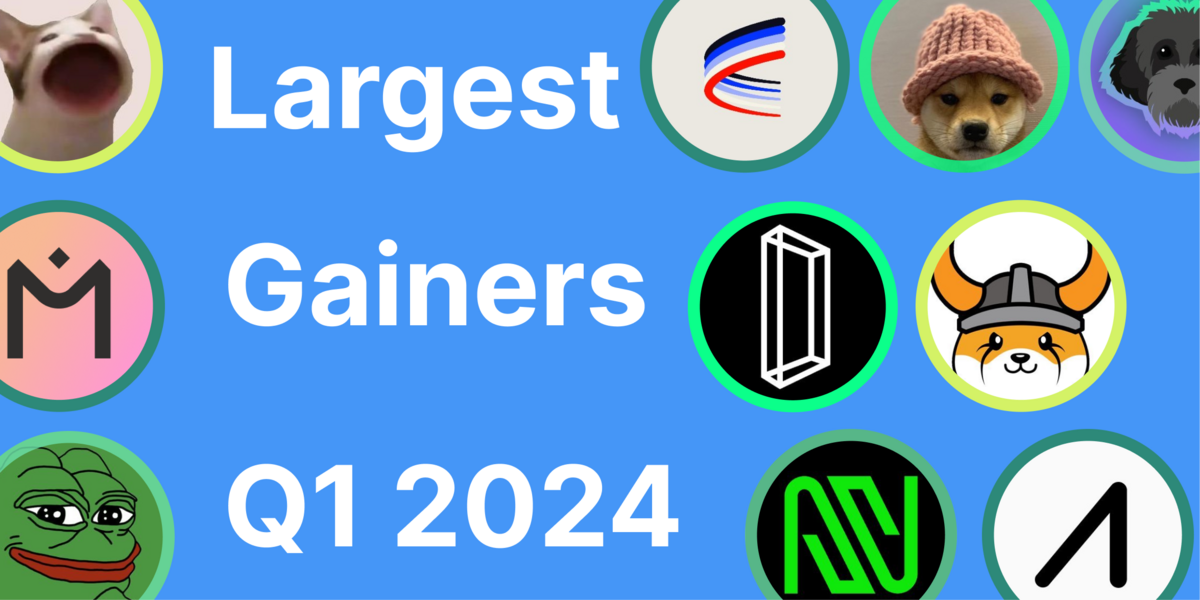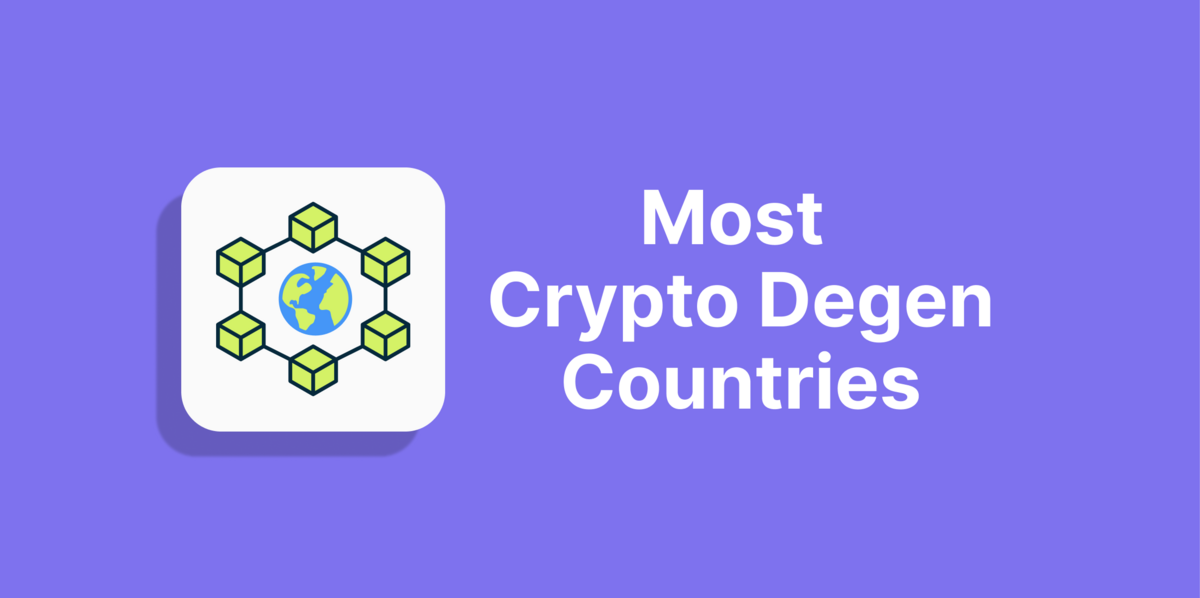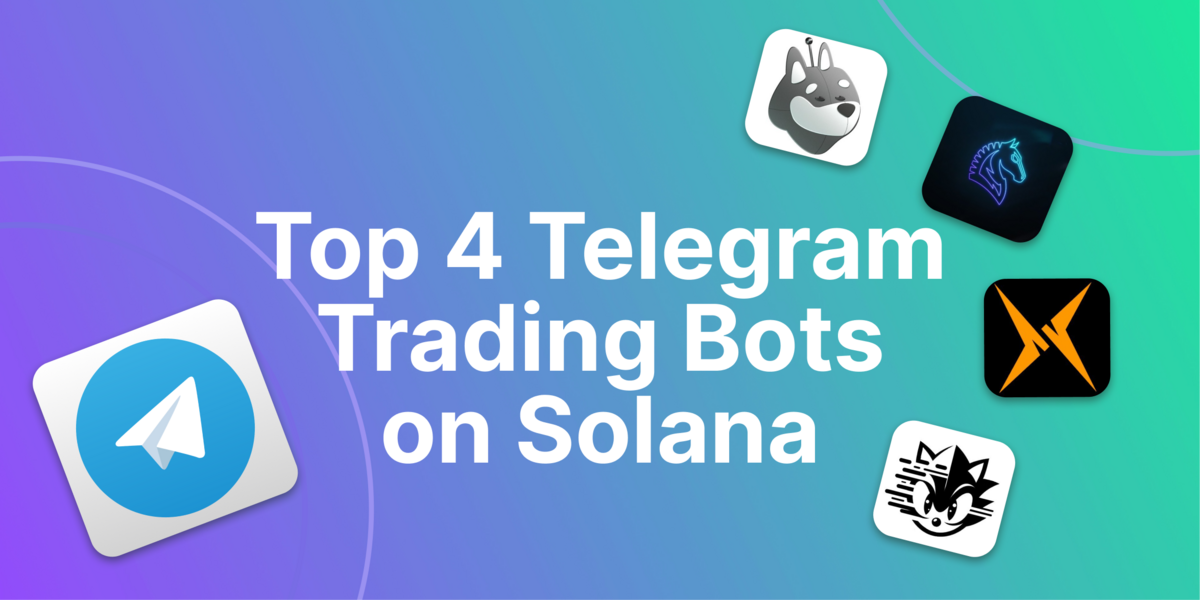As we speak, the crypto industry is facing intense regulatory scrutiny from various countries, including the "Crypto tax reporting" on the $1 trillion infrastructure bill, the removal of security tokens on Uniswap's front end, and the China crypto ban.
Regardless of whether the regulators are progressive or heavy-handed, the authorities may soon impose censorship on the crypto industry to protect against the "shadowy super coder" threats. In my personal opinion, the regulators should expand their circle of competence and embrace the new technology's potential.
The beautiful thing about blockchain is its inherent characteristics of being decentralized and immutable, making it censorship-resistant.
It is about exercising our right to control our own data, and with blockchain technology, we can.
We are now entering a new revolution of how we use the internet by re-architecting its infrastructure. There are already several web 3.0 infrastructure protocols that are working to power the self-sovereign internet, enabling users to own their own data, such as IPFS, Arweave (AR), Filecoin (FIL), and many more.
According to Ethereum org, Web 3.0 (also known as Web3) “...refers to decentralized apps that run on the blockchain. These are apps that allow anyone to participate without monetizing their personal data.”
Kyle Samani from Multicoin has perfectly captured the current state of Web3 ecosystem via his Web3 stack below:
(click to enlarge it)
Source: Multicoin
The purpose of this article is to introduce decentralized Domain Name System (DNS) protocols - the gateway to web3.
The current four popular decentralized DNS protocols are:
- Ethereum Naming System (ENS)
- Handshake (HNS)
- Unstoppable Domain (UD)
- Y.at. (Yat)
First, why should we care about the blockchain-based naming protocol?
DNS is a naming system for participating entities on the internet. You can think of DNS as a look-up system similar to a phonebook directory, where you provide a name, and in return, you’ll get the information associated with that name, such as phone number and address.
Before DNS, the original address used on the internet was internet protocol (IP) address, a numerical identifier associated with the hosted site and location address, such as 104.26.2.33. With DNS, freecodecamp.org is mapped to the IP address of 104.26.2.33.
The current DNS system is governed by a domain registrar (e.g., Verisign, GoDaddy, and Namecheap) and DNS management service providers (e.g., the same domain registrar or third parties such as Cloudflare and AWS). We will explain more on the relationship in the DNS Hierarchy System below.
Almost the entire internet participants are dependent on these centralized DNS providers. However, the nature of being governed by authoritative entities has led to high censorship and cyber-attack vectors. The followings are three famous examples:
- On 15th March 2021, the DNS of C.R.E.A.M (CREAM) protocol was hijacked. The attacker compromised the protocol’s GoDaddy account and redirected it to a phishing page. After 7 hours, the domain was reclaimed and the funds were unaffected.
- In 2017, a hacker hijacked Etherdelta's DNS name server and ran away with $250K worth of ETH.
- Some countries implement DNS blocking to control the online content in the nation's interest. For example, you can't access Google and Facebook in China, and in 2014, Turkey previously banned its residents from accessing Twitter.
DNS Hierarchy System: Domain Name Space
As previously mentioned, DNS is akin to a phonebook directory. To enable the directory, DNS indexes the public websites and their corresponding IP addresses via an inverted-tree hierarchy system called the Domain Name Space.

Source: Cloudflare
The DNS hierarchy consists of the root domain, top-level domain (TLD), second-level domain (SLD), and sub-domain.
-
Root Domain
The root domain is the highest structure of the domain name space and is represented as a period (.). It is ultimately governed by the National Telecommunications and Information Administration (NTIA), and the management is delegated to Internet Corporation for Assigned Names and Numbers (ICANN).
-
Top Level Domain (TLD)
Top-level domains are installed in the root domain and typically represented by up to three characters (e.g., .com, .org). These TLDs are owned by authorized registrars such as Verisign and Public Interest Registry.
-
Second Level Domain (SLD)
The organizations that owned the TLD can register SLD to individuals and organizations on the internet. Some instances of SLD are google.com and wikipedia.org. The TLD owners are not the only way you can buy the SLD from. You can buy other accredited registrars like GoDaddy and Namecheap and they can manage the accounts for you as well.
-
SubDomain
A subdomain is the extended domain of your SLD. For example, our main domain is coingecko.com, and we have our online store that you access via our subdomain, store.coingecko.com.
Who are the top decentralized naming protocols?
The four leading blockchain-naming system projects are Ethereum Name Service (ENS), Handshake (HNS), Unstoppable Domain and Y.at.
Here’s an overview of each protocol
-
Ethereum Naming Service (ENS)

Main Purpose: ENS's main goal is to map machine-readable identifiers (e.g., Ethereum addresses and InterPlanetary File System (IPFS) content hashes) to human-readable names. For instance, an Ethereum address (e.g., 0x4Cdc86fa95Ec2704f0849825f1F8b077deeD8d39) to CoinGecko.eth. It is similar to Internet domain names such as http://www.coingecko.com/, which then maps to the server's IP address where CoinGecko is hosted.
Properties: ENS is built on top of the Ethereum blockchain, benefiting from the network’s security. All the ENS’s .eth registrations are ERC-721 compliant, meaning that they are NFTs that are transferable. Although they are built on Ethereum, they support currencies from 109 blockchains, meaning ENS holders can receive non-ERC20 coins such as BTC, DOGE, and SRM. The ownership is not permanent as there are renewal fees upon expiry.
-
Handshake (HNS)

Main Purpose: Handshake is the decentralized counterpart of Internet Corporation for Assigned Names (ICANN). Essentially, Handshake's primary goal is to create and issue ownership rights to TLD in a decentralized manner. With its native token, HNS, users can purchase the rights to a TLD via an auction system on Namebase, a registrar that operates on Handshake.
Properties: Handshake is a blockchain that has similar properties to Bitcoin, including its consensus algorithm (Proof of Work) and the confirmation time (10 minutes). The TLD purchased on Handshake has a default lifetime of 2 years and it is renewable biannually.
-
Unstoppable Domain

Main Purpose: Similar to ENS, Unstoppable Domain functions to map the machine-readable identifiers like IP to a human-readable name from their pre-existing TLDs (.x, .crypto, .coin, .wallet, .bitcoin, .888, .nft,.dao, .zil, and .blockchain).
Properties: Unstoppable Domain is built on top of Ethereum and Zilliqa, where the domains issued are minted as NFT (ERC-721 and ZRC-1, respectively). You will not be able to access the domains via a standard browser. However, you can do so with its extension or browsers that support blockchain domains. Currently, UD supports over 270 currencies (including non-EVM chains). There is no renewal fee.
-
Y.at

Main Purpose: y.at is a centralized provider that sells emoji sub-directory. Each yat consists of a string of up to six emojis (E.g., https://y.at/🌈🛵🎈). You can use your y.at link to point to whatever content you wish, which at the moment behaves similarly to a link shortener. Otherwise, you can also treat yat similar to Linktree. The yat team claims yat’s functionality will expand as it grows.

Properties: yats are on a central registry controlled and operated by the US-based Emoji ID, LLC DBA Yat Labs. As of late July, you can now mint your y.at as NFT (ERC-721) via its dashboard, and you can buy them on the secondary market such as OpenSea. With its recent launch, users can now mint their yat as NFT. However, the caveat is you have to buy yat first before minting it. Aside from that, you can’t receive cryptocurrencies from yat at the moment. There is no renewal fee.
Are these domains/subdirectories considered as NFTs?
Yes, and all the domains issued by the naming protocols are ERC-721 compliant except Handshake who issues TLDs on its own chain.
Aside from Ethereum, UD issues names on the Zilliqa chain, and they are ZRC-1 compliant (NFT standard).
As for Yat, over 100,000 names have been registered, but only 2% minted their Yat on Ethereum (as you are required to purchase the names off-chain prior to the minting).
Are the domain names transferable?
Because they are NFTs, they are transferable depending on which chains they are residing on.
Yat, on the other hand, not all registered emoji strings are NFT. You can transfer those emoji sub-directory names to anyone by assigning the new owner’s email via its dashboard. Otherwise, the minted yat can be treated like any other ERC-721 NFTs.
Are these addresses reachable via standard browsers?
All the domains registered on the blockchain are generally not accessible via your standard browser. However, you can connect IPFS (a decentralized file storage network) with the naming protocol to access it.
It can become technical and complicated to access servers via IPFS, but you can learn more from the links below:
-
ENS
https://medium.com/the-ethereum-name-service/all-the-ways-you-can-surf-the-decentralized-web-today-bf8e7a42fa27
-
UD
https://community.unstoppabledomains.com/t/configure-your-browser-for-unstoppable-domains/1469
-
Handshake
https://learn.namebase.io/starting-from-zero/how-to-access-handshake-sites
-
Yat
You do not need IPFS because they are operating on centralized TLD and on-chain data mapping has not rolled out.
How are they faring against each other?
The table below gives an overview of four popular naming protocols:
*To register a yat, you will need to sign up an email and buy the emoji string first before you can mint it as NFT on Ethereum (Polygon and Tari coming next).
We will now take a look at 4 key points/stats to see how they are performing against each other:
-
Fee/Ownership
If you buy domain names from ENS and Handshake, you are essentially leasing the name and will need to renew at the defined expiry date. Otherwise, you will lose ownership of the domains. Whereas the domains on UD and yat are one-time purchases, and they will be yours forever.
Among all the naming protocols, only Handshake is incompatible with emoji id.
-
Scalability
HNS is the most scalable of all naming protocols because it operates on its chain with one purpose: to provide alternative root zone files from ICANN.
While for others, ENS and UD depend on the Ethereum chain, while it benefits security and composability, their minting cost and process are also affected by the gas fee. Although ENS can cost only $5 per year with five characters and above, the gas can cost up to $60 or more.
As for y.at, they aim to gain momentum as a centralized naming service before transitioning towards a full self-sovereign naming service.
-
Number of registered domains
One of the ways to see if the naming services are getting adopted, we can look at the number of registered domain names on each protocol.

The chart above shows that HNS has the highest number of registered domains to date, followed by UD, ENS, and yat. But we must emphasize that a user can create multiple domains and inflate the number of registered domain names. While I am unable to find active users for each protocol, I will use a different proxy for each naming protocol:
- ENS has 300 thousand registered domains with 101 thousand unique addresses.
- HNS has 1.6 million domains registered with 110 thousand active Handshake domains.
- UD has over 1.2 million domains registered with 730 thousand claimed addresses.
- Yat has over 100k registered sub-directory (emoji id) with only 2.3 thousand unique Ethereum addresses
Note: You can find this information on their homepage.
Admittedly, the metrics above are not comparable with each other. However, using these figures as a proxy could give you a better understanding of the adoption rate of each naming service.
Switching gears to the Ethereum chain, the chart below shows the number of newly minted domains on a monthly basis.
 Source: Makoto@Dune Analytics and forked dashboard on yat data
Source: Makoto@Dune Analytics and forked dashboard on yat data
* August data is as of 12th August 2021.
The chart above shows that more ENS is getting minted, peaking in June 2021. Meanwhile, UD’s growth has slowed down.
On the other hand, the number of newly minted yat skyrocketed as part of their newly launched minting feature starting 30th July 2021. -
Integration
Aside from domain registration, a better way to measure adoption is via the number of integration as that will garner a wider audience, increase the outreach and usage.
-
ENS has almost 300 thousand names registered, has over 250 integrations and apps, including top wallets (e.g., Metamask and Argent), top exchanges (e.g., Uniswap and Coinbase), and popular browsers (e.g., Brave and Opera).
-
UD has 1.2 million names registered but has only 73 integrations. They are natively integrated with Brave and Opera browsers. Some of the wallets that utilize them are Coinbase and Huobi Wallet. However, they are not supported by Metamask.
-
HNS mirrors the content on the legacy internet, and they operate natively on their chain.
-
Yat’s only function now is the redirection of the URL to a defined path or its own bio tool link page. You can key in your emoji on the URL bar of Opera mobile browser to access the content. The mapping of on-chain data is not yet available.
-
Notable mentions
-
 Solana Naming Service
Solana Naming Service
Solana Naming Service is similar to ENS, but it is native to the Solana chain and built by the Bonfida team. It uses .sol as the TLD and maps SLD names to both off-chain and on-chain data such as an SOL address, Twitter handles, and content on IPFS. Domain registration goes through an auction system with a minimum starting bid of $20. Unlike ENS, your domain stays with you forever and has no renewal fees.
-
 PolkaDomain (NAME)
PolkaDomain (NAME)
Built on Polkadot, PolkaDomain is a naming protocol that functions beyond just a registrar. They offer advanced features such as domain marketplace, cross-chain transaction, and address anonymity. Further, it has a utility token called NAME and can be used as the currency to purchase the domain name, transaction fees, trade domains, and governance. Note that the Polkadot chain is not live, and therefore, none of the products on PolkaDomain are live.
-
 THORName Service
THORName Service
THORnames is a naming protocol that is native to THORchain. It functions similarly to UD, where it maps human-readable names to machine-readable identifiers. It can accept currencies from multiple chains, including EVM and non-EVM chains such as Ethereum and Bitcoin. At the moment, the protocol is not yet live.
Closing Thoughts
The manifestation of web3 to disintermediate web2 is gradually becoming a reality.
The naming protocols have seen an adoption amongst the crypto natives, and they will continue to grow as more users demand simplicity in maneuvering the ever-growing distributed networks. There are plenty of projects that are building Web3 infrastructure, tackling areas such as wireless network, oracle, storage, video encoding, and more. As depicted by Kyle’s web3 stack, there are four layers and each contains its own structural complexity and challenges. Eventually, these web3 infrastructures will iron out those obstacles and fully materialize the web3 stack.
Consider this, existing login or sign-up systems are now less and less dependent on email. For instance, you can create new accounts on any website using your Facebook or Google credentials. As digital and crypto natives, such interoperability is not at all foreign, and we have been doing so by approving sign-in with our wallets whenever we want to use decentralized applications.
The naming protocol will become your internet identity.
In the last two weeks, we have seen the renewed NFT season 2.0, and this time, more people have switched their social media profile pictures to their own NFT. People are getting more comfortable using a virtual avatar as their main identity. Soon, we might see the linking between the NFT and the decentralized domain names, as hinted by the CEO of Zapper (DeFi dashboard).

Source: Seb's Twitter on 7th Aug 2021
The naming protocols are the key to on-chain identity and the gateway to web3.
Enjoyed our report and want to see more? Read our latest cryptocurrency research reports here!
Sources:
Dune Analytics
https://dune.xyz/makoto/ENS-vs-Unstoppable
https://dune.xyz/makoto/ens
Website:
https://ens.domains/
https://unstoppabledomains.com/
https://handshake.org/
https://y.at/dashboard
Others
https://multicoin.capital/2019/12/13/the-web3-stack-2019-edition/
https://www.delphidigital.io/podcasts/multicoins-kyle-samani-the-evolution-of-the-web3-stack/
Do you have your own ENS, HNS, UD, or yat? Let me know on Twitter! (@_erinaazmi)

Erina is CoinGecko’s market research analyst. Current expertise is finance and crypto - DeFi. Previously in research consulting and often did market analysis.


















 Or check it out in the app stores
Or check it out in the app stores
